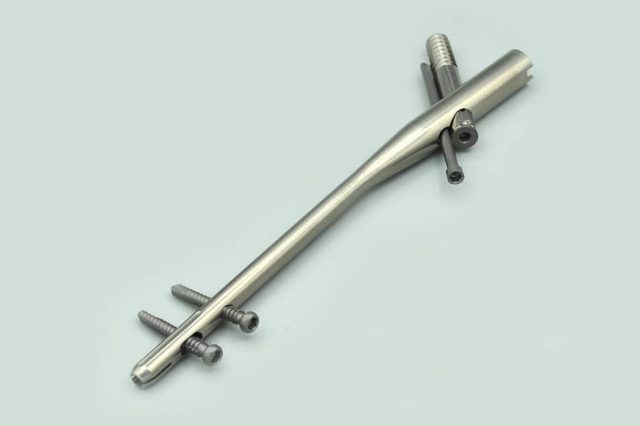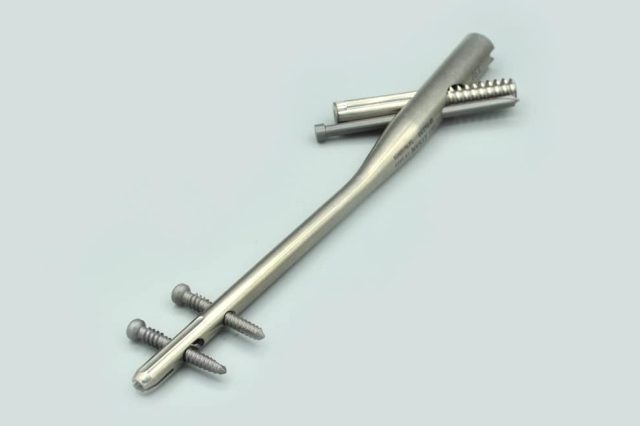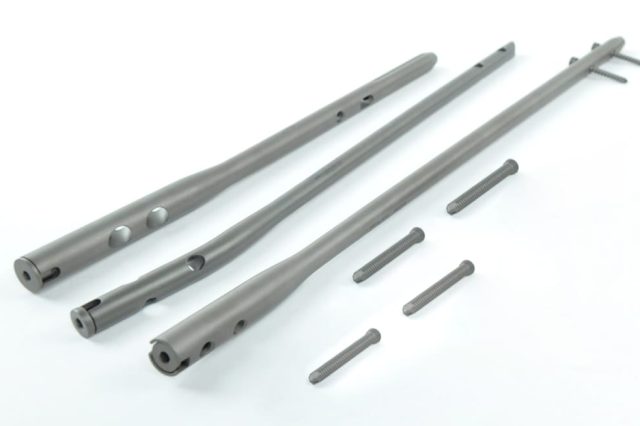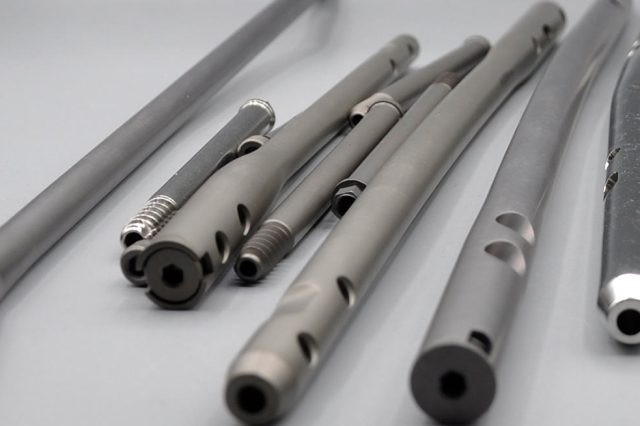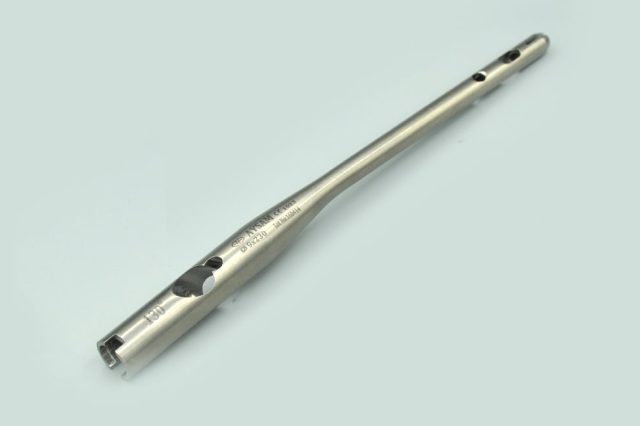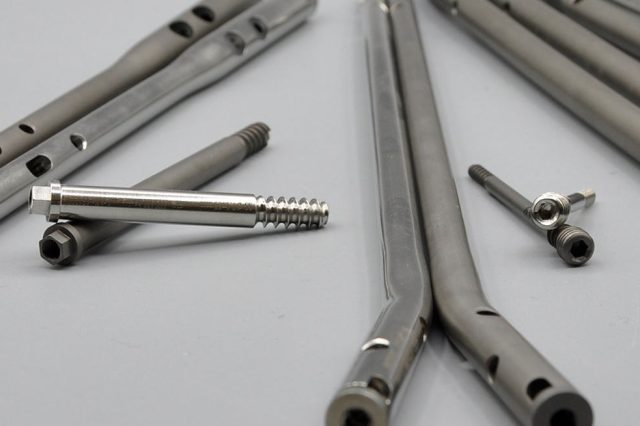Intramedullary nails are commonly used in orthopedic surgery for the fixation and stabilization of long bone fractures, particularly in the femur and tibia. These nails are inserted into the medullary canal of the bone and are designed to provide internal support during the healing process. The question of whether an intramedullary nail is permanent depends on several factors:
- Material:
- Intramedullary nails are typically made of materials such as stainless steel or titanium. These materials are corrosion-resistant and biocompatible. While the nails are designed to remain in the bone permanently, the choice of material can influence their long-term performance.
- Intent of the Surgery:
- The decision to use an intramedullary nail as a permanent fixation device or for temporary stabilization depends on the nature of the fracture and the surgical plan. In some cases, the nail may be intended to provide permanent support, while in other situations, it might be used as a temporary measure until the bone heals sufficiently.
- Patient Factors:
- The patient’s age, overall health, and lifestyle considerations can also influence the decision regarding the permanency of the intramedullary nail. Younger patients with longer life expectancies may have a different approach than older patients. In skeletally immature children intramedullary nails shall be removed after bone healling. In patients especially with severe osteoporosis there may be need to remove intramedullary nails.
- Bone Healing:
- If the fracture heals well and the bone is stable, there may be no need to remove the intramedullary nail. In some cases, however, the surgeon may consider nail removal if it causes discomfort or if there are concerns about long-term complications.
- Complications:
- Complications such as infection, malalignment, or non-union can lead to remove intramedullary nail. If complications arise, the surgeon may need to reassess the need for the nail or consider revision surgery.
In many cases, intramedullary nails are intended to be permanent implants, and they often remain in the bone without causing issues. However, decisions about whether to keep the nail in place permanently are made on an individual basis, taking into account the specific circumstances of each patient and their fracture.
Patients should discuss the long-term plan for their treatment, including the potential permanency of the intramedullary nail, with their orthopedic surgeon.
